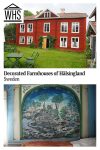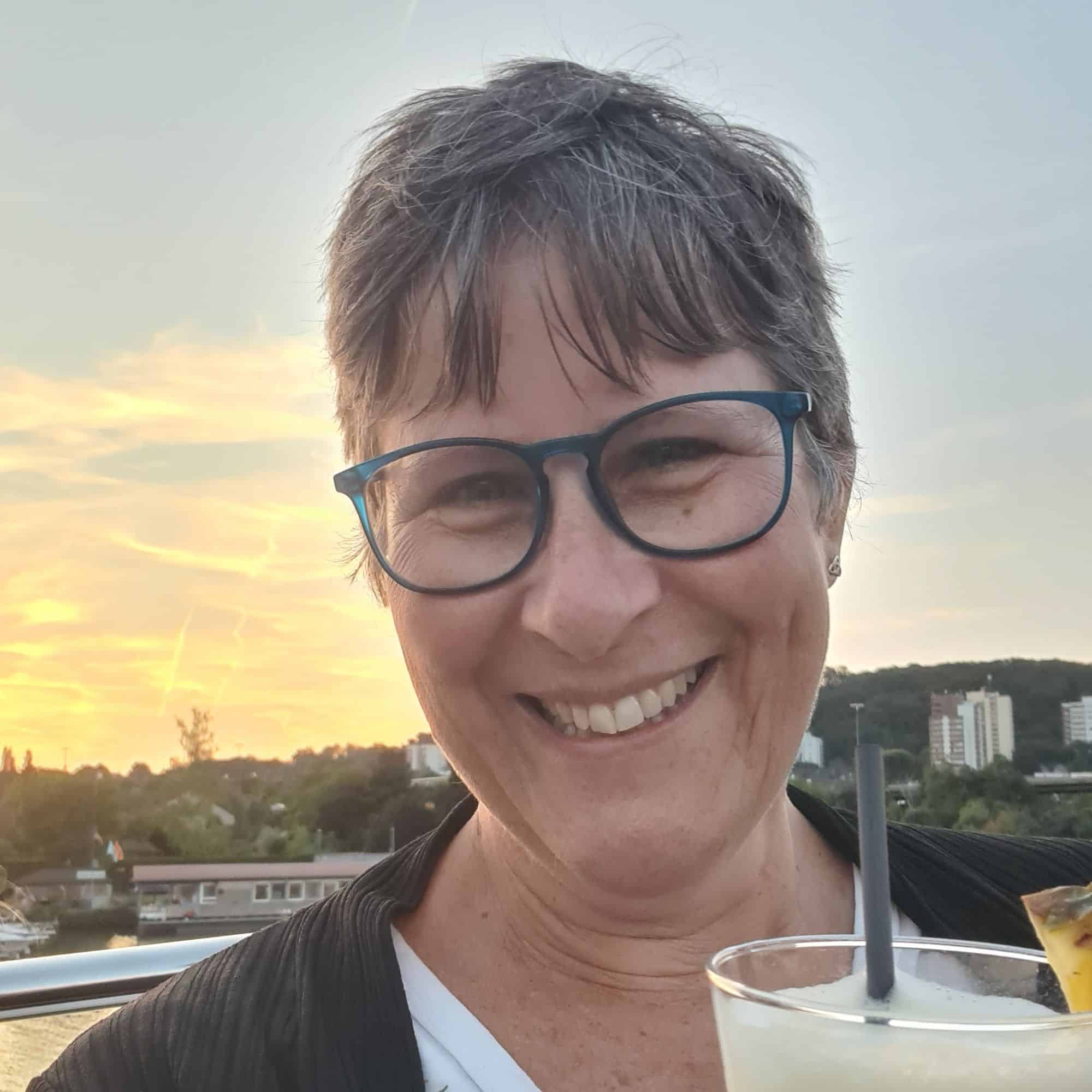Decorated Farmhouses of Hälsingland
By Rachel Heller
What are the Decorated Farmhouses of Hälsingland?
The Decorated Farmhouses of Hälsingland is a UNESCO property made up of seven wooden farmhouses, mostly quite simple on the outside and painted in Falun red. These houses all date to the mid-19th century but represent a much older tradition: painting rooms or even wholly separate houses in a cheerful, colorful, folk style to be used as lodgings and for special occasions such as weddings.
Disclosure: This article contains affiliate links. Making a purchase through an affiliate link will mean a small commission for this website. This will not affect your price. Privacy policy.
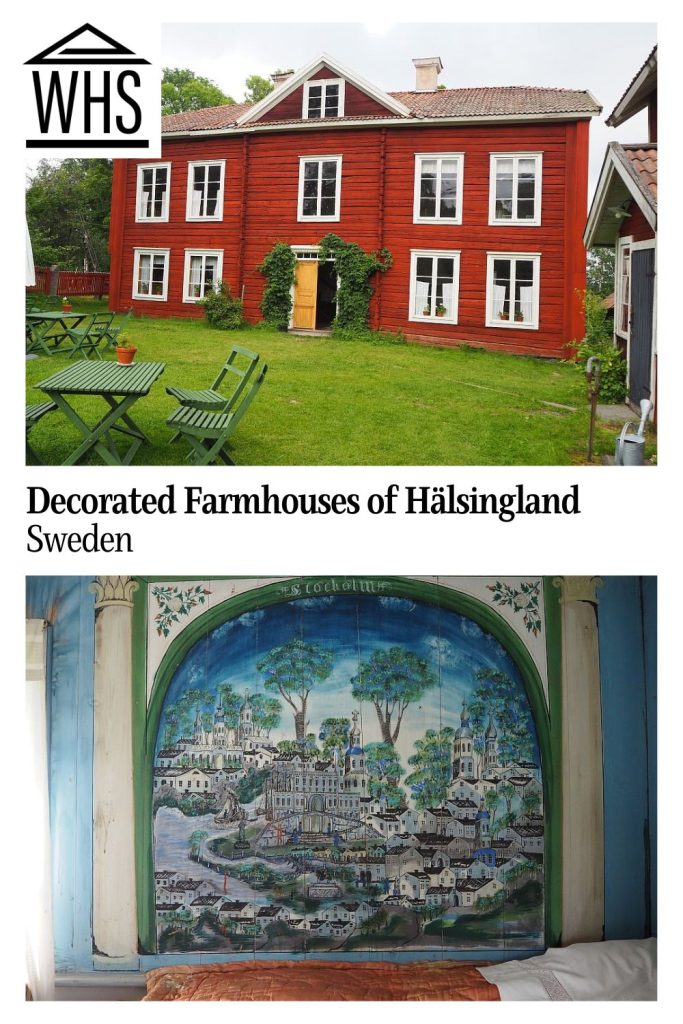
The farmers of this region were prosperous and expressed that prosperity by hiring itinerant artists to decorate these extra rooms or guest houses in ornate, colorful patterns, either as wallpaper (often linen cloth) or directly applied to the walls. The artists imitated the sorts of designs that the wealthy used: there are elements of the Baroque and Rococo, but also Bible stories, multi-colored stenciling, faux marble, trompe l’oeil, imitations of Wedgewood patterns, and so on. The result is absolutely unique to the region.
These houses or separate suites of rooms were barely used, serving as venues for festivities and lodging for those attending the festivities. Some houses have simpler decorations in the rooms the families lived in, but the most ornate are in these guest spaces.
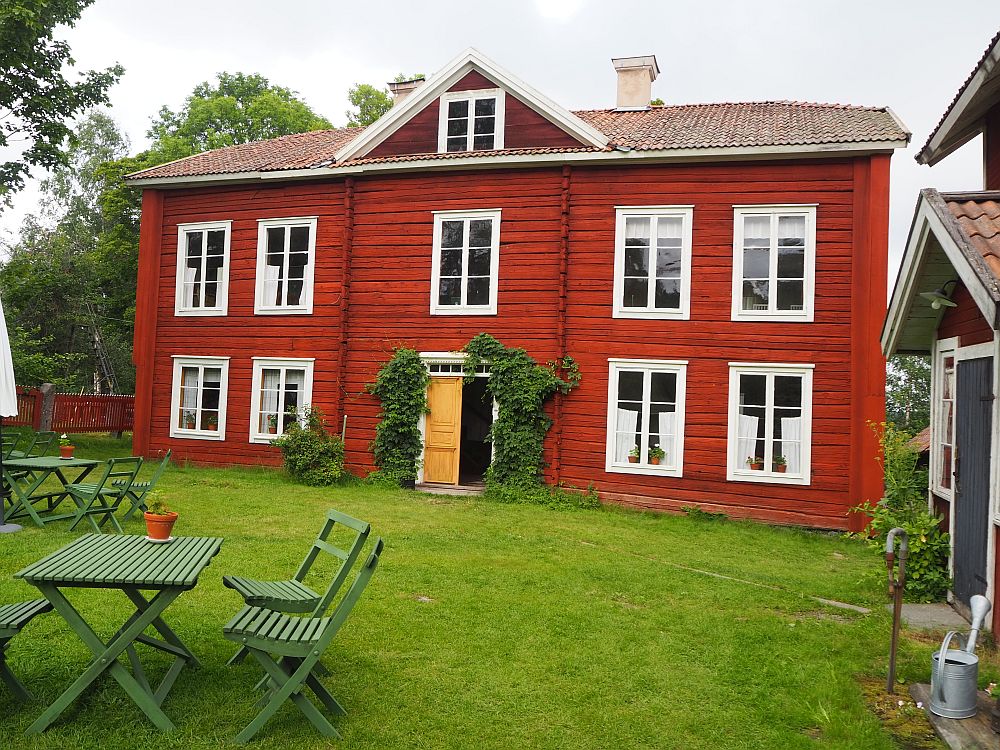
The seven houses in the listing are:
- Bommars in Letsbo, Ljusdal
- Erik-Anders in Askesta, Söderala.
- Gästgivars in Vallstabyn
- Bortom Åa in Gammelgården
- Kristofers in Stene, Järvsö
- Pallars in Långhed, Alfta
- Jon-Lars in Långhed, Alfta
Read more detailed descriptions and see more photos here.
Why are the Hälsingland farmhouses a UNESCO World Heritage site?
According to the UNESCO listing, these farmhouses “reflect an extraordinary combination of timber building and folk art traditions, the wealth and social status of the independent farmers who built them, and the final flowering of a long cultural tradition in Hälsingland.”
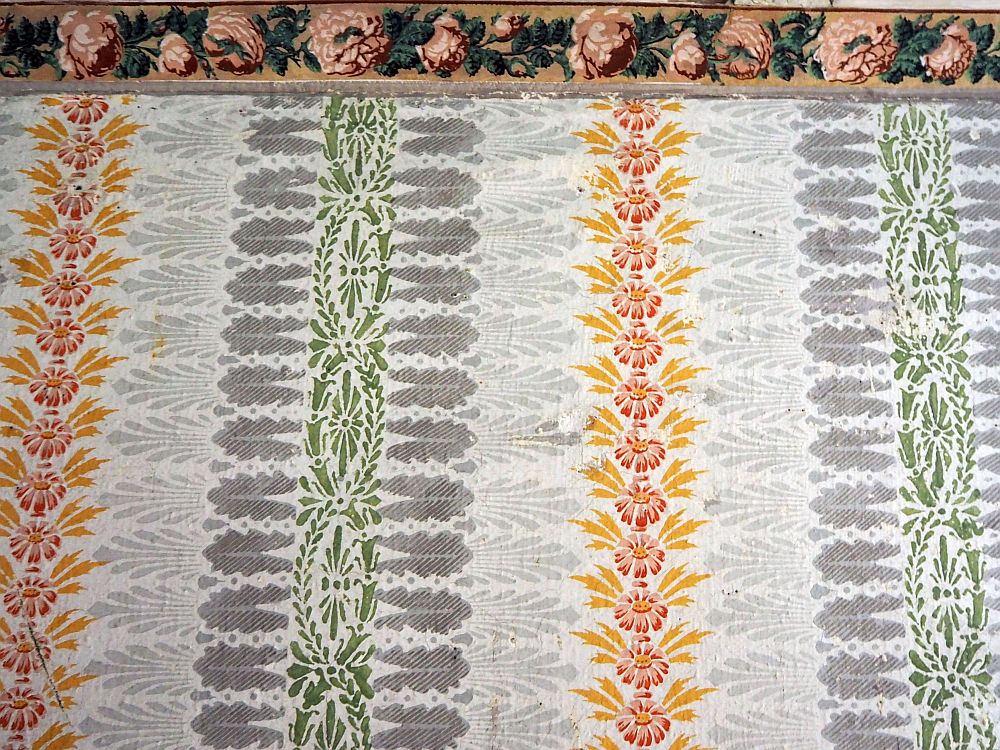
What can you expect on a visit to Hälsingland?
The houses are absolutely charming, inside and out. Outside they are simple and, for the most part, bright red, in beautiful countryside. Inside, the rooms are bright and cheery with the colorful wallpapers and paintings. Some of the artworks are relatively primitive; others quite sophisticated.
All but one of the houses (Bortom Åa) are privately owned. Some of the houses can be freely visited, while others can only be viewed by booking a tour. Some also offer a café or lodgings.
Are the Decorated Farmhouses worth visiting?
Visiting a few of these farmhouses makes for a very pleasant day in the countryside. I’m not sure they’re worth a whole separate trip, but they are certainly worth a visit if you’re going to be near there anyway.
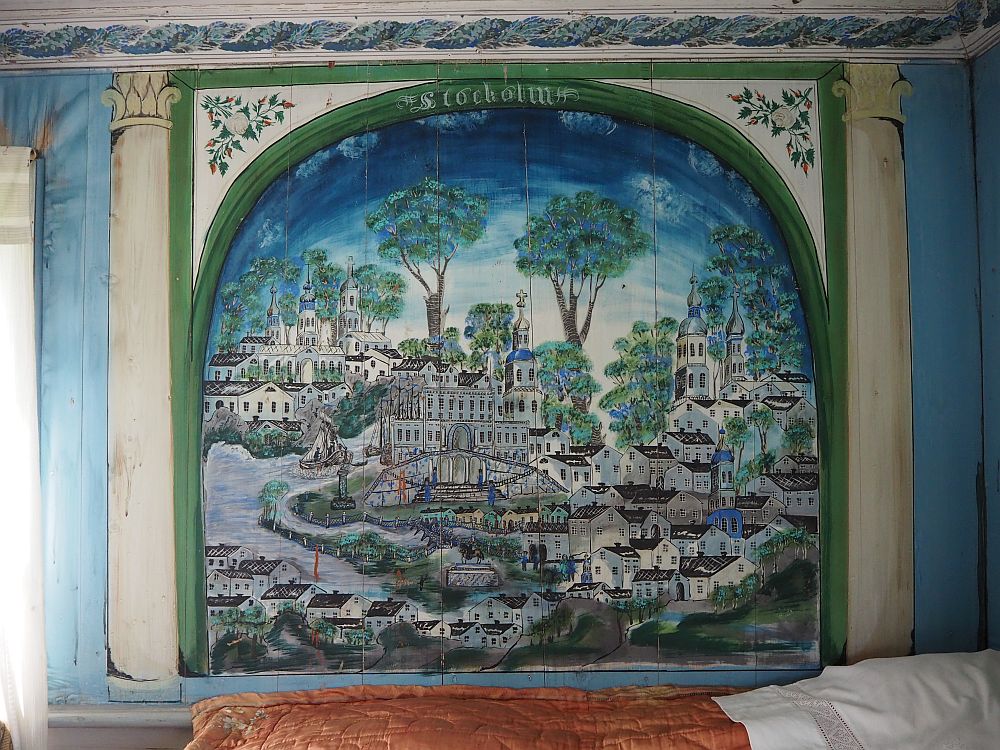
What sorts of travelers would like the Decorated Farmhouses?
If you like folk art or vernacular architecture, then these farmhouses are definitely worth visiting. Children would enjoy some of the agricultural buildings that remain, but would not be able to run freely around the decorated rooms and should not touch the walls. For the most part, the houses are not wheelchair accessible, with steps up to enter and stairways inside between floors.
Tips for visiting the Hälsingland farmhouses
Summer is the best time to visit since many are closed in the winter. It’s also the time of year these houses would have been used for festivities; they weren’t particularly insulated or heated, and you need the light to see the decorations well.
The Decorated Farmhouses of Hälsingland are only reachable by car.
If you are driving along the east coast of Sweden, say, on the way between Umeå and Stockholm, several of these farmhouses – Erik-Anders, Gästgivars, Kristofers, Pallars, or Jon-Lars – would make for a relatively quick detour from the E4.
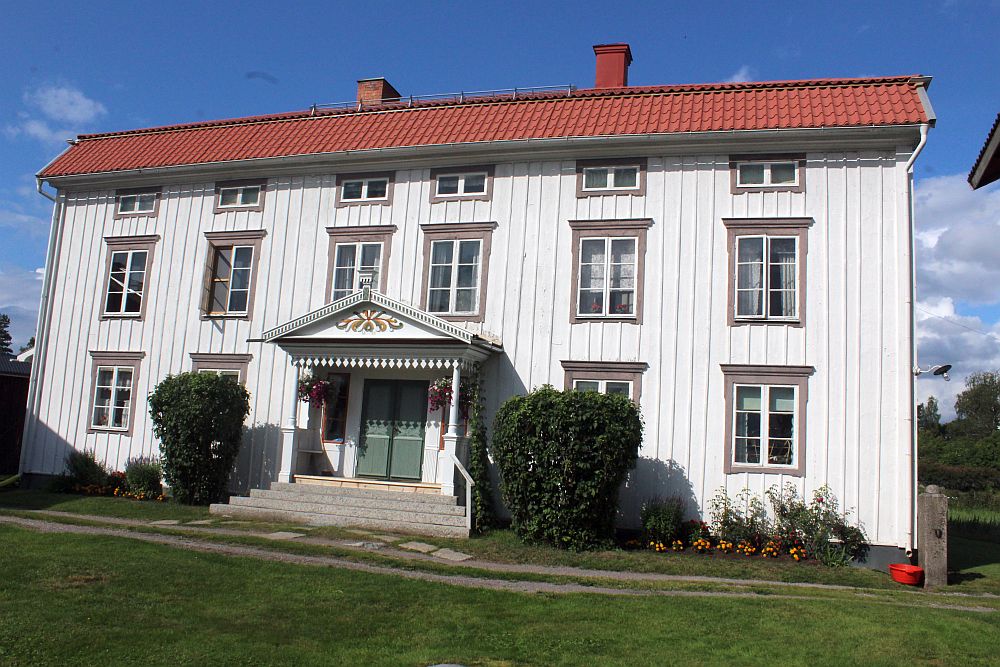
You might want to start your visit at Ol-Anders in Alfta. It’s also a decorated farmhouse but for some reason is not included in the UNESCO designation. It houses a tourism visitors center, where you can get information and advice about the Decorated Farmhouses of Hälsingland.
Don’t feel you need to see all of the houses. See two or three and you’ll get the idea. Ask at Ol-Anders for advice.
Where are the Hälsingland farmhouses?
Hälsingland is a region about halfway between Stockholm and Sundsvall. The farmhouse that is nearest to the main east coast road is Erik-Anders, and that is about two and a half hours from Stockholm. The best way to see the farmhouses is to stay the night in Ljusdal, a central location to all of them. Click on the map below to find accommodations in the area.
More information about the Decorated Farmhouses of Hälsingland is available here.
Have you been to any of the Decorated Farmhouses of Hälsingland? If so, do you have any additional information or advice about this UNESCO World Heritage site? Please add your comments below!

